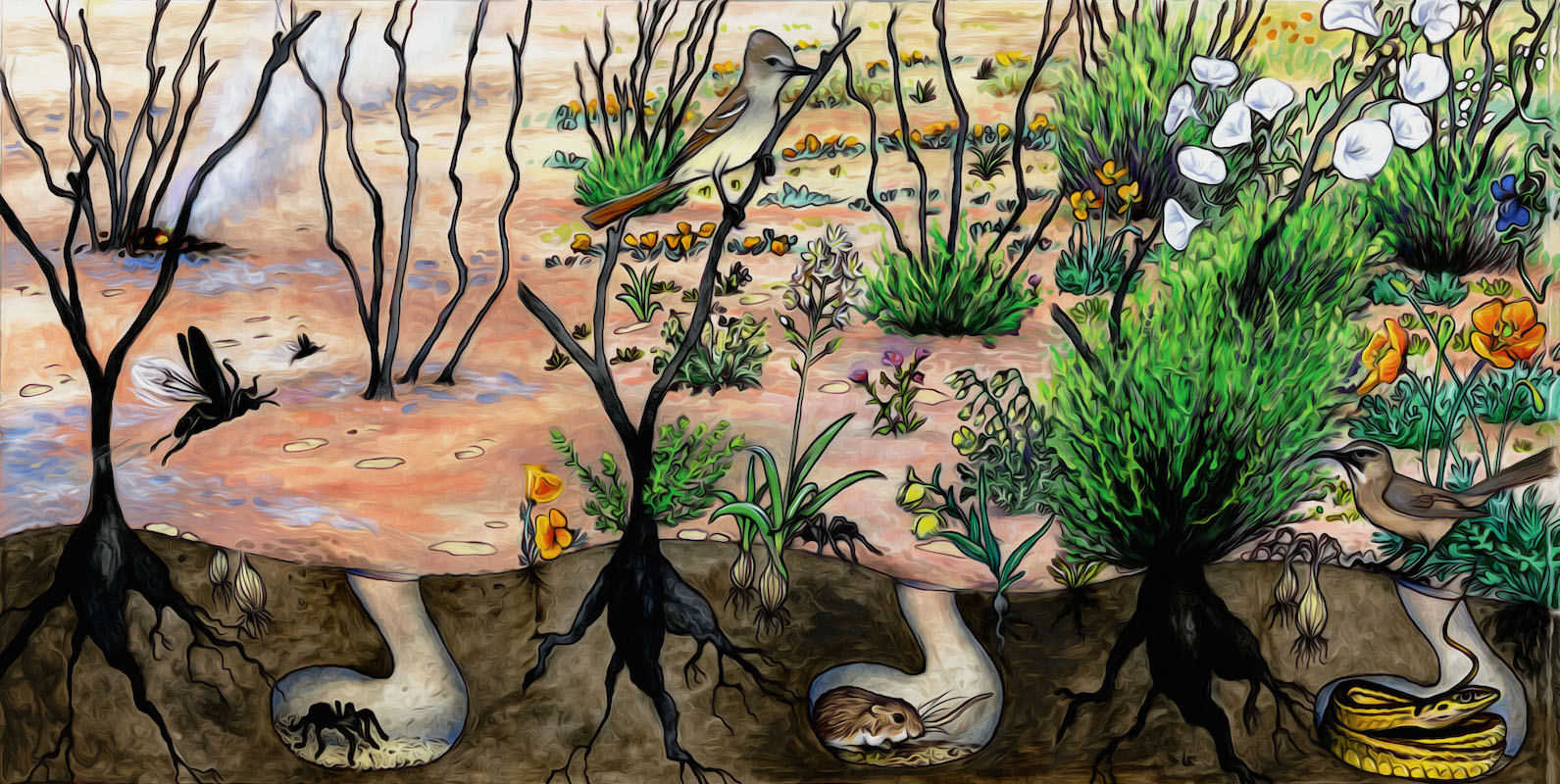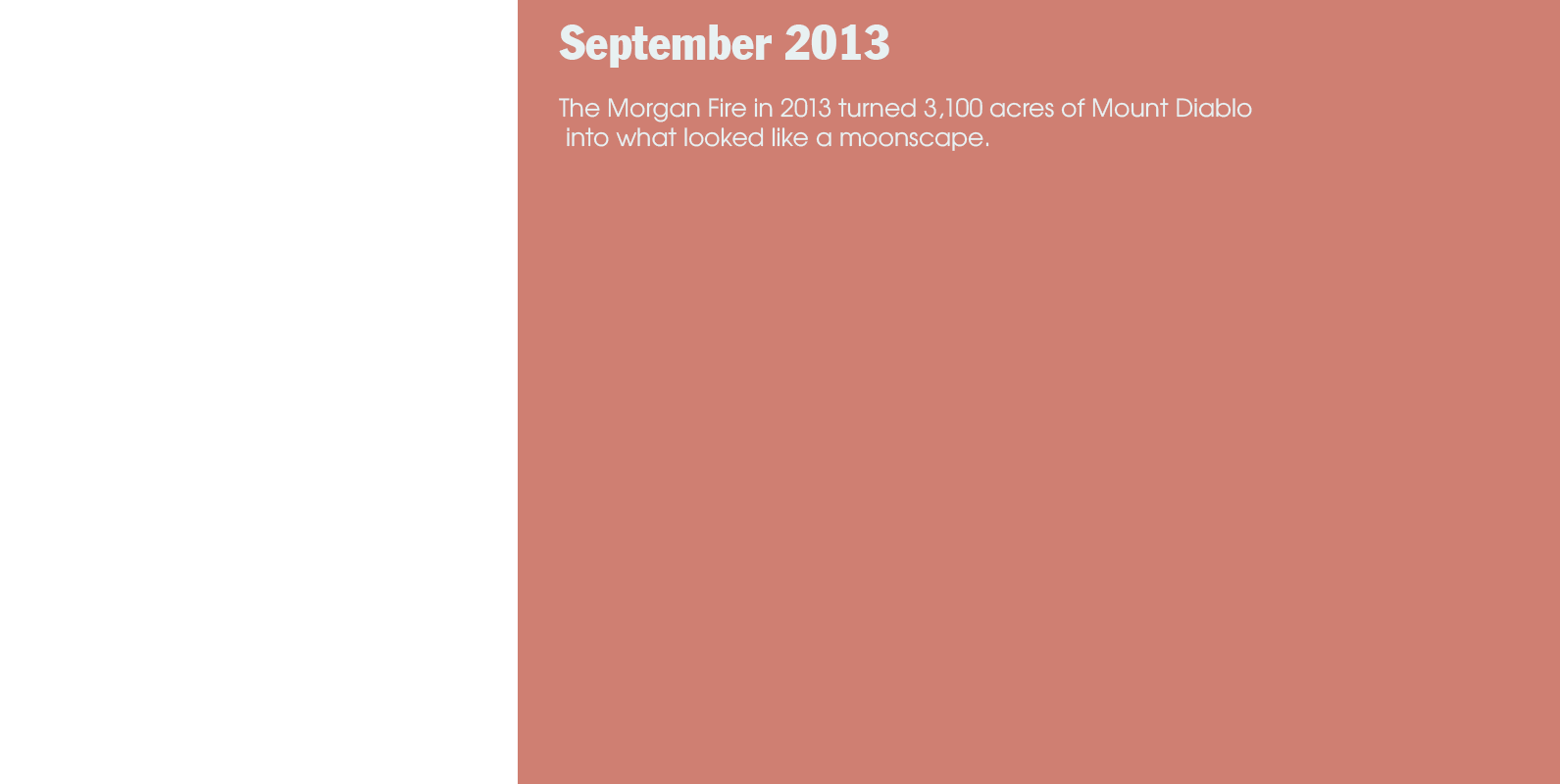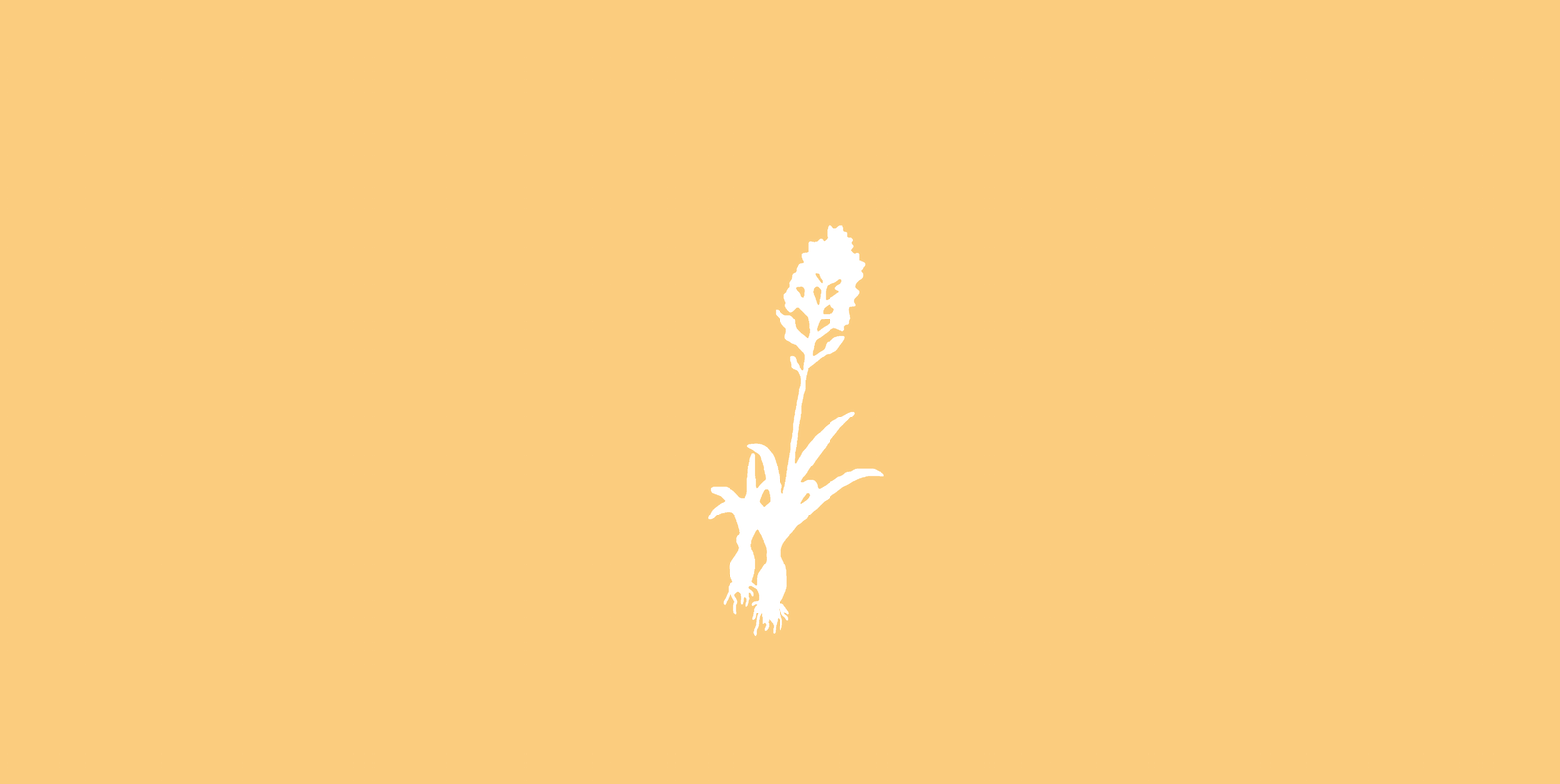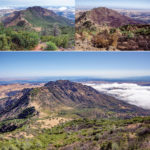


















The Morgan Fire in 2013 turned 3,100 acres of Mount Diablo into what looked like a moonscape. But beneath the scorched earth lay the seeds of a remarkable, once-in-a-lifetime transformation. In the springs following the fire, plants bloomed that hadn't been seen on the mountain in decades -- and might not be seen again for another generation.



















With 38 inches of rain at the top of the mountain since last summer, the bloom has been great all over Mount Diablo.
Botany | Diablo Recovery
Where to go for spring 2016.
Botany | Diablo Recovery
A journalist spends two years documenting the dramatic changes that the Morgan Fire brought to Mount Diablo.
Diablo Recovery | Fire
Spring has brought new plants, and new cover, to the fire recovery zone on Mount Diablo.
Diablo Recovery
Eighteen months after a fire, what to look for on Mount Diablo
Diablo Recovery
What causes the strip of bare dirt between chaparral and grassland? A researcher tests the idea of a "scurry zone" on Mount Diablo.
Diablo Recovery
The 3,100-acre Morgan Fire provided opportunities for scientists. One of the main goals: to learn how plant and animal communities rebuild themselves after a major disturbance.
Diablo Recovery
Wild pigs are uprooting unusual new areas of Mount Diablo this year.
Diablo Recovery
The ever unpopular poison oak is the most colorful plant on Mount Diablo this month, especially in certain places swept clean by the 2013 Morgan Fire.
Diablo Recovery
When it comes to documenting the world's insect life, even places like Mount Diablo are full of unknowns, which UC Berkeley entomologist Kip Will finds exciting—and frustrating.
Diablo Recovery
On the one-year anniversary of what came to be called the 2013 Morgan Fire, there’s good news to report. See the recovery in this series of slideshows by Joan Hamilton.
Diablo Recovery
The temperature rises to well over 90 degrees on Mount Diablo these days—hot enough to bake many small plants. But the little green shrubs have just begun to stage their comeback. It’s springtime in the chaparral.
Diablo Recovery
One way to check out the 2013 Morgan fire is to tromp around on Mount Diablo’s trails. Then there's another option: check out satellite photos.
Diablo Recovery
Researchers are using hidden cameras and small mammal traps to try and answer questions about animal life following the fire.
Diablo Recovery
A team of researchers, with a grant from Save Mount Diablo, has installed hidden cameras in a variety of plots around the Mount Diablo burn area to see what sort of large wildlife shows up.
Diablo Recovery
Regular visitors to Mount Diablo are calling this spring one of the best wildflower years they've ever seen. Here's what that looked like in May in the Morgan Fire burn area.
Diablo Recovery
After a fire, botanists hustle out to burned areas to identify surviving and regenerating species. They’ve often got only a few leaves to go on, some from species that haven’t been seen for decades. So it’s tough. Want to test your skills against those of the botanists?
Diablo Recovery
An expert in rare plants, Heath Bartosh is especially interested in “fire followers,” plants whose seeds stay buried in the ground until heat or smoke stimulates germination. These annuals flourish for one to three years. And then they’re gone—until the next fire.
Climate Change | Diablo Recovery
A Berkeley researcher is using chamise seeds collected from Mount Diablo this fall to explore the plant's response to fire.
Botany | Diablo Recovery
The Morgan Fire transformed more than 3,100 acres of meadow, chaparral, and woodland on Mount Diablo’s south and east sides, including Perkins Canyon. “It was a once-in-
a-generation event,” says Seth Adams — the biggest fire on the mountain since 1977.
Diablo Recovery | Trails
For decades, charcoal beetles were known as an irritant to firefighters and football fans but now, scientists understand the habits of these fire-chasers.
Diablo Recovery | Wildlife

A journalist spends two years documenting the dramatic changes that the Morgan Fire brought to Mount Diablo.